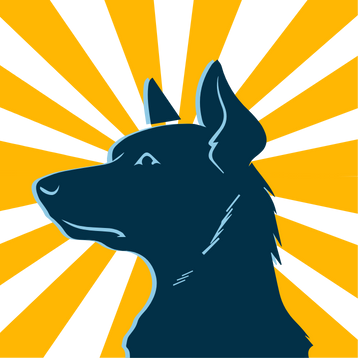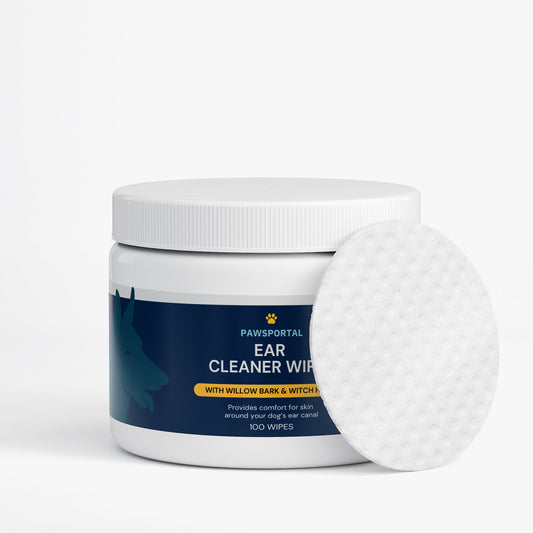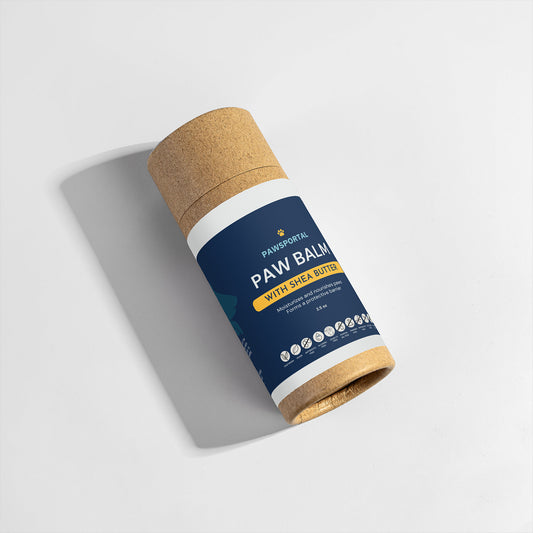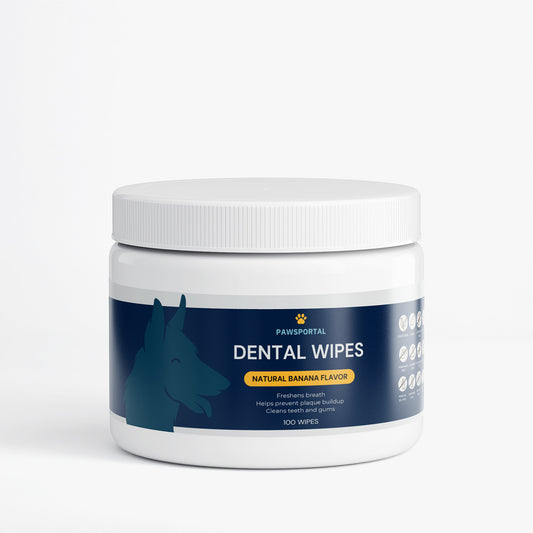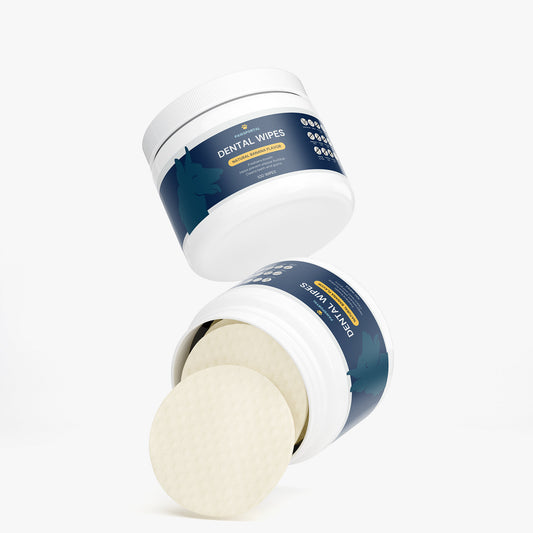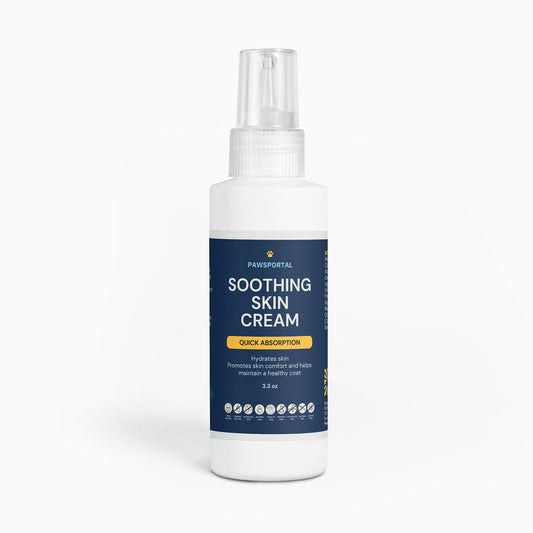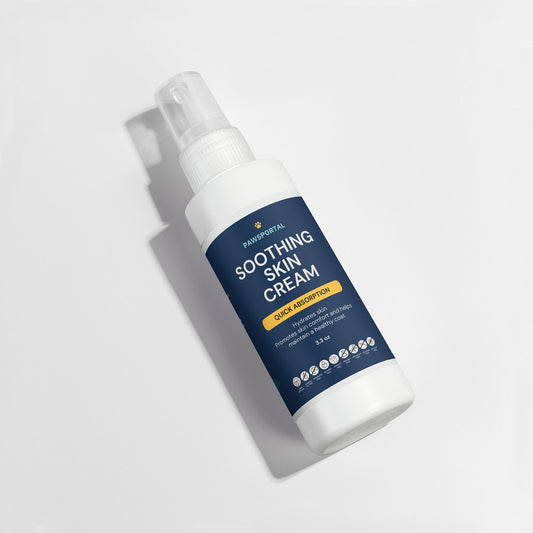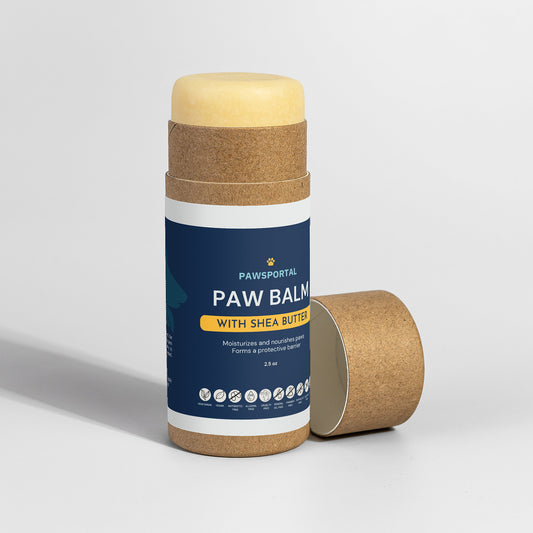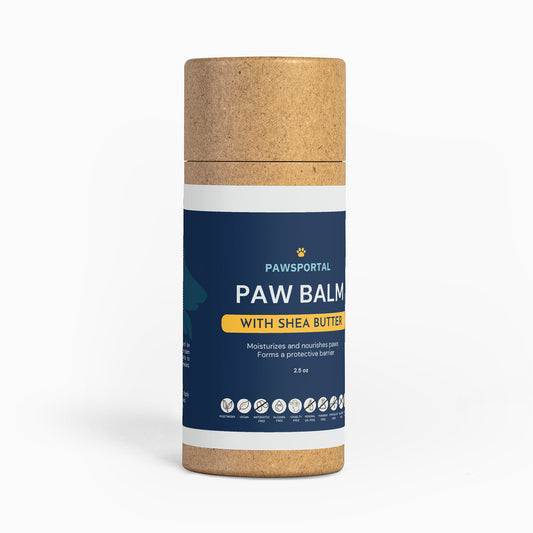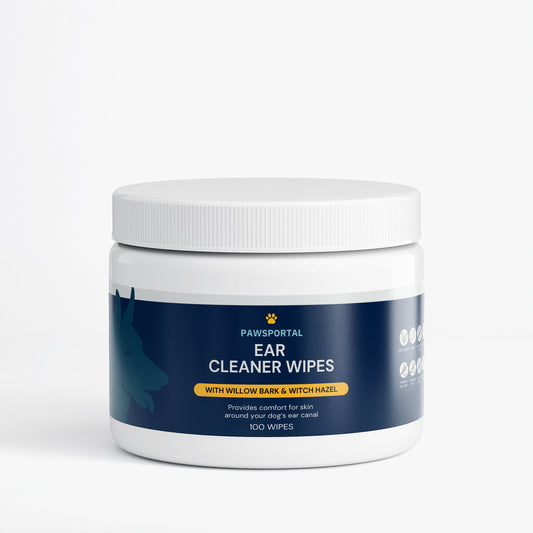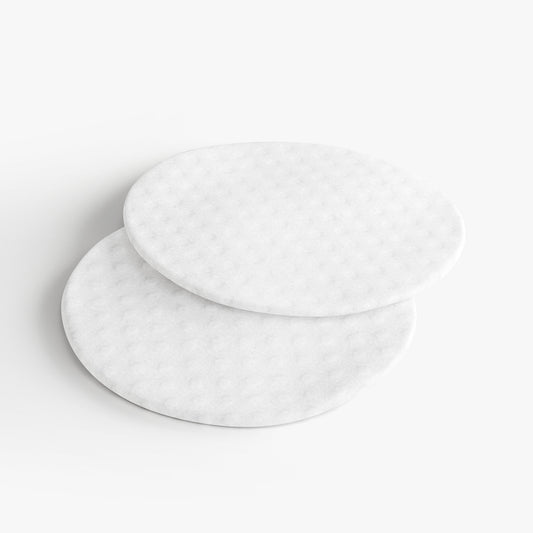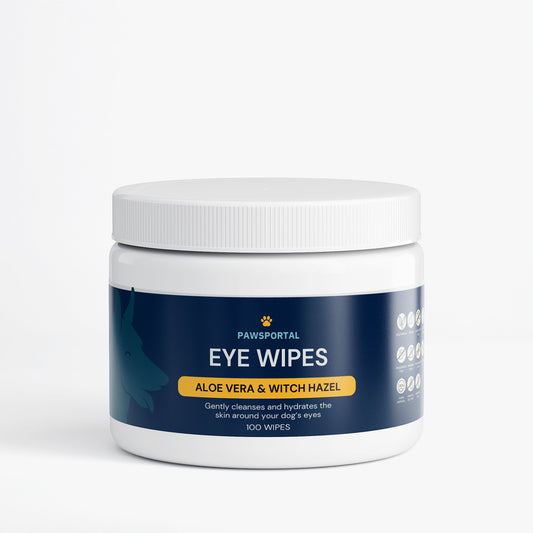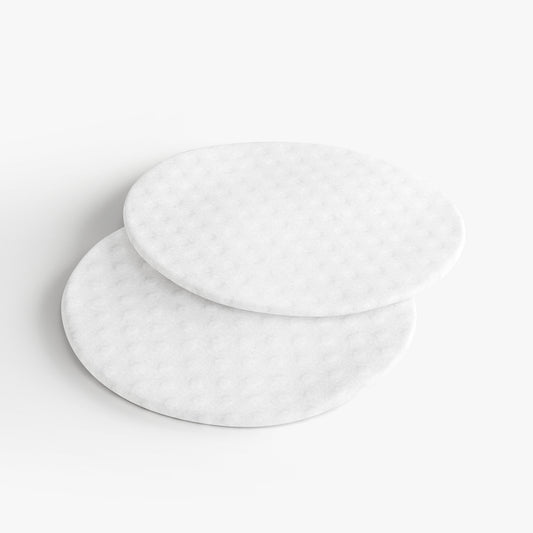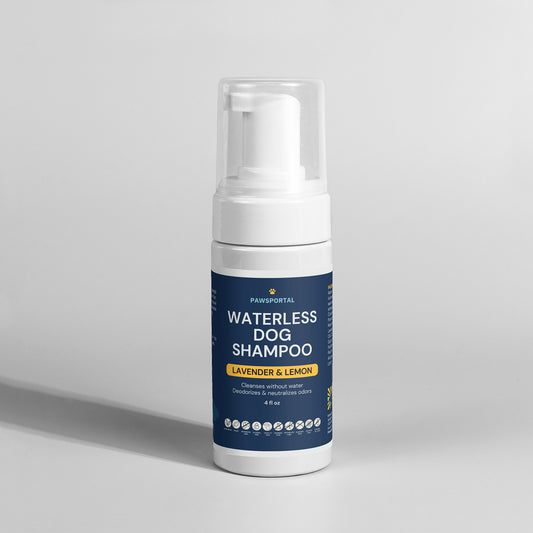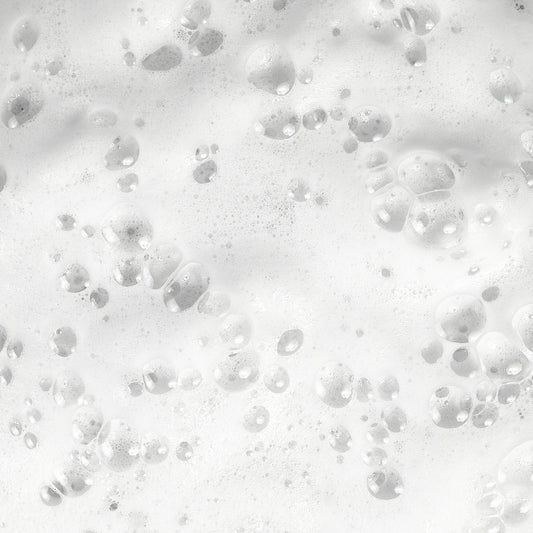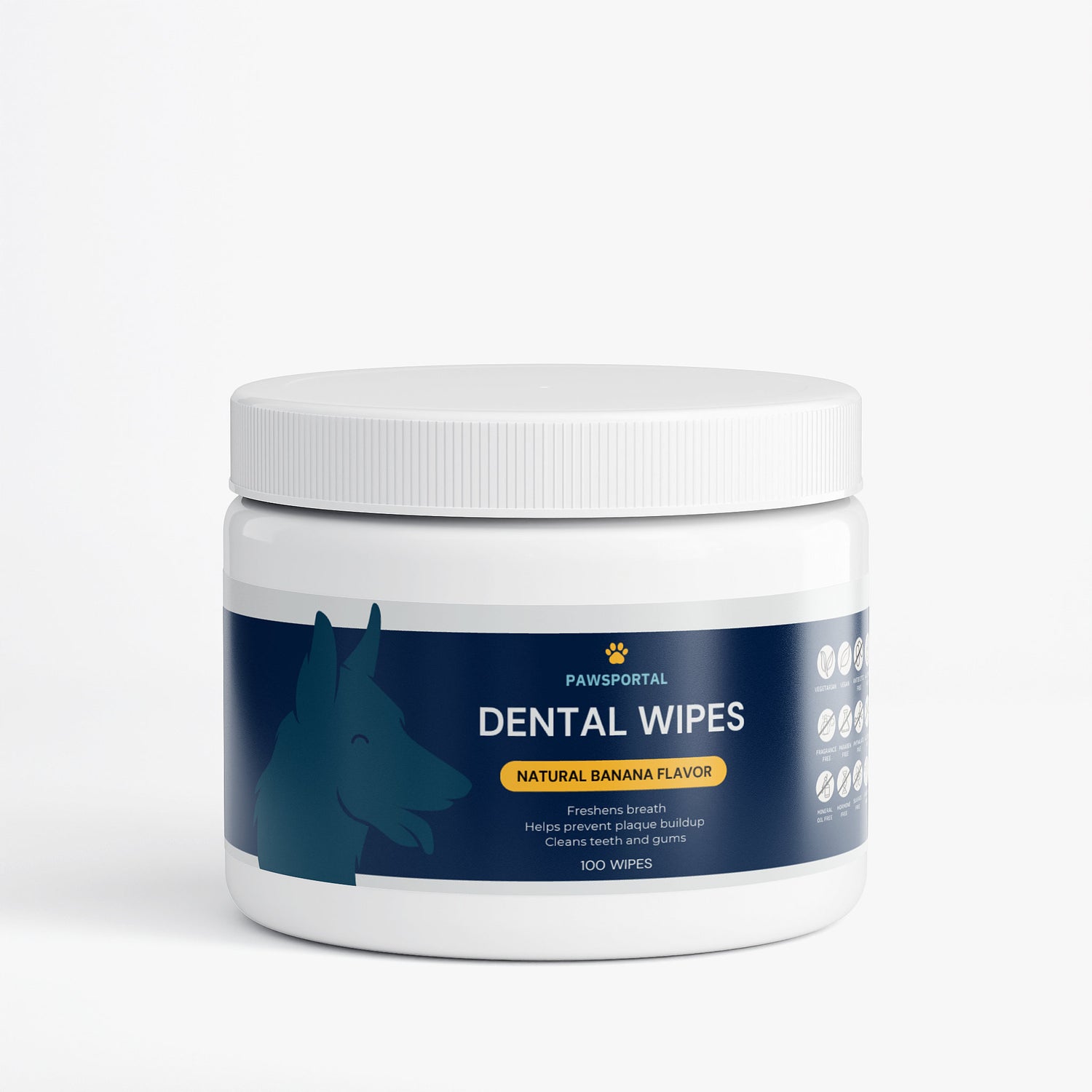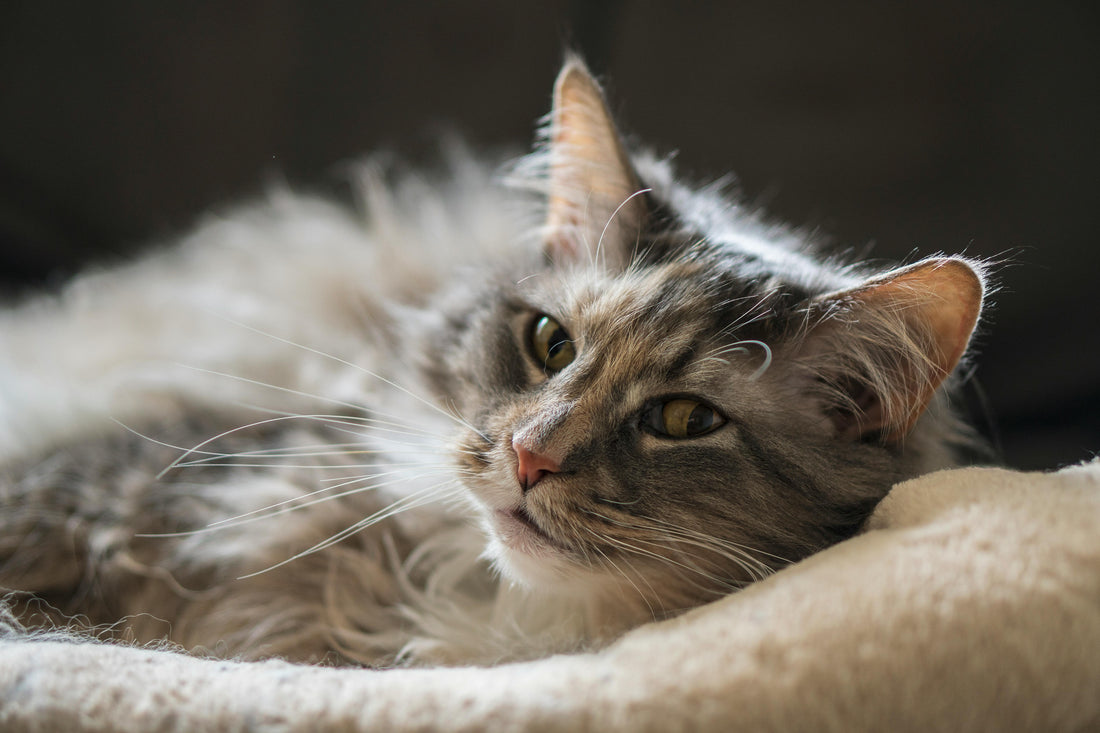
The Essential Guide to Maine Coon Cats
Share
Maine Coon cats, often dubbed the "gentle giants" of the feline world, combine majestic beauty with a dog-like affection that makes them irresistible to pet parents. Did you know that a Maine Coon named Barivel holds the record as the longest domestic cat, measuring an astonishing 3 feet 11 inches from nose to tail? These magnificent cats, with their tufted ears, luxuriant coats, and sociable personalities, have surged in popularity among millennial pet owners seeking intelligent, low-maintenance companions. This guide explores every facet of the Maine Coon breed, from their enigmatic origins to cutting-edge holistic care strategies, empowering modern dog moms to extend their nurturing expertise to these regal felines.
_______________________________________________________________________________________________

Unraveling the Mysterious Origins of the Maine Coon
The Maine Coon’s history is as rich and layered as their fur. Despite being America’s oldest native cat breed, their exact origins remain shrouded in folklore. One popular myth suggests they descended from raccoons (hence "coon"), though genetic impossibility debunks this. More plausible theories trace their lineage to European ship cats, possibly longhaired breeds like the Norwegian Forest Cat, brought by Vikings or 18th-century sailors. These cats likely interbred with local shorthairs in New England, evolving into the rugged, cold-adapted breed we know today.
By the late 1800s, Maine Coons were celebrated as skilled mousers on farms and ships, their water-resistant coats and bushy tails perfect for harsh winters. They dominated early cat shows, with a Maine Coon named Cosey winning the first major U.S. cat show in 1895. However, their popularity waned with the rise of Persian and Siamese breeds until a 1950s revival cemented their status as beloved family pets.
_______________________________________________________________________________________________
Physical Traits: Anatomy of a Feline Titan
Size and Structure
Maine Coons are the heavyweights of the domestic cat world:
- Males typically weigh 15–25 lbs, while females range 10–15 lbs.
- Their rectangular bodies stretch 19–30 inches long, supported by muscular frames and sturdy legs.
- Paws are large and tufted, functioning as natural snowshoes.
Coat and Coloration
Their semi-longhaired double coat—dense undercoat topped by silky guard hairs—serves as weatherproof armor. Key features:
- Length: Shorter on shoulders, longer on stomach and britches.
- Colors: Over 75 combinations, including classic brown tabby, smoke, and rare tortoiseshell.
- Seasonal Adaptation: Winter coats grow thicker, with noticeable spring shedding.
Distinctive Facial Features
- Lynx-like tufted ears with protective fur against snow.
- Square muzzle and high cheekbones.
- Eyes: Large, oval, and expressive, ranging from gold to odd-eyed blues.
_______________________________________________________________________________________________
Temperament: The Dog-Like Feline Companion
Maine Coons defy typical cat stereotypes with their:
- Sociability: They shadow family members,介入 games without being clingy.
- Intelligence: Capable of learning tricks like fetching and opening doors.
- Vocalization: Communicate through chirps and trills rather than loud meows.
- Adaptability: Thrive in both bustling families and quiet apartments if mentally stimulated.
Their gentle nature makes them ideal for homes with children and cat-friendly dogs, though their hunting instincts may surface around small pets.
_______________________________________________________________________________________________
Holistic Health Management
Common Health Concerns
- Hypertrophic Cardiomyopathy (HCM): Leading cause of heart disease; genetic testing recommended.
- Hip Dysplasia: Managed via weight control and joint supplements (glucosamine, omega-3s).
- Spinal Muscular Atrophy: Genetic disorder affecting mobility; detectable through DNA tests.
- Polycystic Kidney Disease (PKD): Regular ultrasounds and low-phosphorus diets help slow progression.
Integrative Wellness Strategies
- Nutrition: High-protein diets (≥40% animal protein) support muscle mass; raw or wet food aids hydration.
- Supplements: Coenzyme Q10 for heart health, probiotics for digestion.
- Alternative Therapies:
- Acupuncture: Manages arthritis pain.
- Chiropractic Care: Improves mobility in active cats.
Preventative care, including bi-annual vet checkups and dental cleanings, is crucial for early detection.
_______________________________________________________________________________________________

Grooming: Mastering the Fluff
Coat Maintenance
- Brushing: 2–3 weekly sessions prevent mats; use stainless steel combs and slicker brushes.
- Bathing: Monthly baths with oatmeal shampoo maintain coat luster without stripping oils.
- Shedding Control: Increase brushing during spring/fall coat blows; consider de-shedding tools.
Additional Care
- Nail Trimming: Every 3–4 weeks to prevent overgrowth.
- Ear Cleaning: Weekly checks with vet-approved solutions prevent infections.
- Dental Hygiene: Daily brushing or dental treats reduce tartar.
_______________________________________________________________________________________________
Enrichment and Training
Mental Stimulation
- Puzzle Feeders: Slow bowls and treat-dispensing toys engage natural hunting instincts.
- Clicker Training: Teach commands like “sit” or “high five” using positive reinforcement.
- Vertical Space: Cat trees and wall shelves satisfy climbing urges.
Physical Exercise
- Interactive Play: Wand toys mimic prey movement; aim for 30+ minutes daily.
- Outdoor Adventures: Harness training allows safe garden exploration.
- Water Play: Many enjoy pawing at faucets or playing in shallow pools.
_______________________________________________________________________________________________
Nutrition: Fueling the Giant
Dietary Essentials
- Protein: 40–50% from chicken, turkey, or fish supports lean muscle.
- Fats: Omega-3 (EPA/DHA) from salmon oil promotes skin and joint health.
- Hydration: Wet food or water fountains prevent urinary issues.
Sample Feeding Plan
|
Weight |
Dry Food (cups/day) |
Wet Food (oz/day) |
|
10 lbs |
½ |
3 |
|
15 lbs |
¾ |
5 |
|
20 lbs |
1 |
7 |
Adjust portions based on activity level and vet advice
_______________________________________________________________________________________________

Lifestyle Compatibility: Is a Maine Coon Right for You?
Ideal Environment
- Space: Apartments suffice if enriched with climbing structures.
- Time Commitment: 1–2 hours daily for grooming, play, and training.
- Budget: $80–$150/month for premium food, insurance, and care.
Challenges to Consider
- Shedding: Invest in lint rollers and air purifiers.
- Health Costs: Insurance ($30–$50/month) mitigates genetic condition expenses.
- Noise Sensitivity: Their large size doesn’t equate to loudness, but they dislike chaotic environments.
_______________________________________________________________________________________________
Embracing the Maine Coon Journey
Maine Coons offer a unique blend of feline independence and canine loyalty, making them perfect for millennial pet parents seeking an interactive companion. By integrating science-backed nutrition, proactive health monitoring, and enriching play routines, you’ll ensure your gentle giant thrives.
For those ready to welcome a Maine Coon, prioritize:
- Reputable breeders screening for HCM and SMA.
- Gradual introductions to existing pets.
- Holistic vet partnerships for integrative care
As you embark on this journey, remember: every brush stroke, puzzle toy session, and veterinary visit weaves a stronger bond with your majestic companion—a living testament to nature’s perfect blend of wild beauty and domestic charm.
_______________________________________________________________________________________________
RELATED ARTICLES
- https://www.marwoodmainecoons.com/copy-of-about-us
- https://www.aspcapetinsurance.com/resources/maine-coon-cat-facts/
- https://www.thesprucepets.com/maine-coon-cat-breed-profile-characteristics-and-care-5221962
- https://waterdownonvet.ca/meet-the-maine-coon/
- https://www.hillspet.ca/en-ca/cat-care/cat-breeds/maine-coon
- https://untamed.com/blogs/cat-breeds/maine-coon-grooming
- https://www.catknapper.com/grooming.html
- https://www.petcarerx.com/article/top-11-tips-to-care-for-a-maine-coon/6142
- https://www.splootvets.com/post/maine-coon-care-health-issues
- https://www.3pnaturals.com/blog/the-amazing-maine-coon-what-you-need-to-know
- https://www.royalcanin.com/ca/cats/products/retail-products/maine-coon-adult-2550
- https://mainecoonkittens.ca/maine-coon-care-guide/
- https://untamed.com/blogs/cat-breeds/caring-for-a-maine-coon
- https://www.aspenmainecoons.com/post/unraveling-the-secrets-of-maine-coon-cat-health
